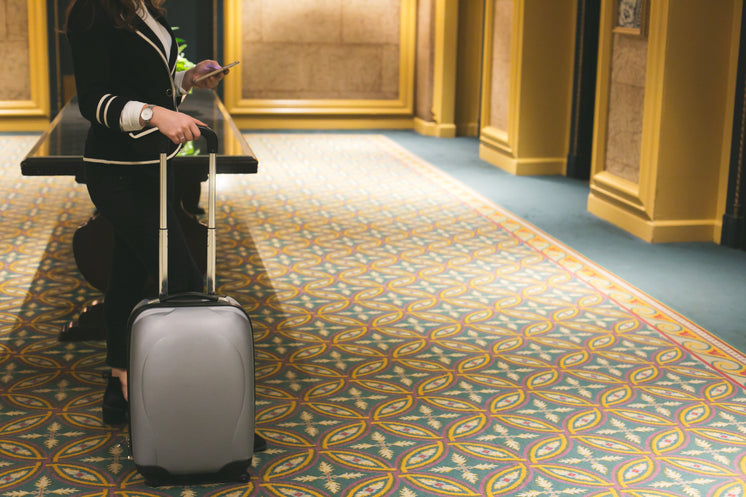 While many of these films were printed by shade methods, none of them was really in shade, and using the color printing was only to realize an anaglyph impact. All of these films were the first exhibited using Polaroid filters. Using Polaroid filters meant a wholly new type of projection, however. Despite his foul-line problems, Chamberlain set the NBA document, which was later equaled by Adrian Dantley, for the most free throws made (28) using the underhand approach in a daily-season game in his 1962 100-level game. In it, a full 1939 Chrysler Plymouth is magically put together, set to music. He took a depart of absence from Harvard to arrange a lab and by 1929 had invented and patented a polarizing sheet. While attending Harvard University, Edwin H. Land conceived the concept of decreasing glare by polarizing gentle. While his original intention was to create a filter for decreasing glare from car headlights, Land didn’t underestimate the utility of his newly dubbed Polaroid filters in stereoscopic presentations.
While many of these films were printed by shade methods, none of them was really in shade, and using the color printing was only to realize an anaglyph impact. All of these films were the first exhibited using Polaroid filters. Using Polaroid filters meant a wholly new type of projection, however. Despite his foul-line problems, Chamberlain set the NBA document, which was later equaled by Adrian Dantley, for the most free throws made (28) using the underhand approach in a daily-season game in his 1962 100-level game. In it, a full 1939 Chrysler Plymouth is magically put together, set to music. He took a depart of absence from Harvard to arrange a lab and by 1929 had invented and patented a polarizing sheet. While attending Harvard University, Edwin H. Land conceived the concept of decreasing glare by polarizing gentle. While his original intention was to create a filter for decreasing glare from car headlights, Land didn’t underestimate the utility of his newly dubbed Polaroid filters in stereoscopic presentations.
 In February 1936, Land gave the first public demonstration of Polaroid filters along side 3D photography at the Waldorf-Astoria Hotel. As with practically the entire options made throughout this increase, Bwana Devil was projected dual-strip, with Polaroid filters. Because the options utilized two projectors, the capability restrict of film being loaded onto every projector (about 6,000 feet (1,800 m), or an hour’s price of movie) meant that an intermission was vital for each function-length film. Very often, intermission factors have been written into the script at a significant plot point. The success of these two films proved that major studios now had a technique of getting filmgoers again into theaters and away from television sets, which had been inflicting a gentle decline in attendance. Gunzberg, who built the rig along with his brother, Julian, and two different associates, shopped it without success to varied studios before Oboler used it for this characteristic, which went into production with the title, The Lions of Gulu.
In February 1936, Land gave the first public demonstration of Polaroid filters along side 3D photography at the Waldorf-Astoria Hotel. As with practically the entire options made throughout this increase, Bwana Devil was projected dual-strip, with Polaroid filters. Because the options utilized two projectors, the capability restrict of film being loaded onto every projector (about 6,000 feet (1,800 m), or an hour’s price of movie) meant that an intermission was vital for each function-length film. Very often, intermission factors have been written into the script at a significant plot point. The success of these two films proved that major studios now had a technique of getting filmgoers again into theaters and away from television sets, which had been inflicting a gentle decline in attendance. Gunzberg, who built the rig along with his brother, Julian, and two different associates, shopped it without success to varied studios before Oboler used it for this characteristic, which went into production with the title, The Lions of Gulu.
With the success of the 2 Audioscopiks movies, MGM produced one more brief in anaglyph 3D, another Pete Smith Specialty known as Third Dimensional Murder (1941). Unlike its predecessors, this brief was shot with a studio-built digicam rig. The prints had been by Technicolor within the purple-and-green anaglyph format, and were narrated by Pete Smith. Prints were by Technicolor in crimson-and-blue anaglyph. Unlike all of the other Lippert shorts, which were available in both twin-strip and anaglyph, this manufacturing was launched in anaglyph solely. Through the 1950s, the acquainted disposable anaglyph glasses made from cardboard were mainly used for comic books, two shorts by exploitation specialist Dan Sonney, and three shorts produced by Lippert Productions. However, even the Lippert shorts were obtainable in the dual-strip format alternatively. Lesser acquired the rights to 5 twin-strip shorts. During Christmas of 1952, producer Sol Lesser rapidly premiered the twin-strip showcase referred to as Stereo Techniques in Chicago. Using his sixteen mm 3D Bolex system, he premiered his Triorama program on February 10, 1953, together with his 4 shorts: Sunday In Stereo, Indian Summer, American Life, and That is Bolex Stereo.
It was later proven at Disneyland’s Fantasyland Theater in 1957 as a part of a program with Disney’s different quick Working for Peanuts, entitled, 3-D Jamboree. House of Wax was (exterior of Cinerama) the first time many American audiences heard recorded stereophonic sound; it was additionally the movie that typecast Vincent Price as a horror star as well as the “King of 3-D” after he grew to become the actor to star in essentially the most 3D features (the others were The Mad Magician, Dangerous Mission, and Son of Sinbad). The critically panned movie was nonetheless extremely successful with audiences due to the novelty of 3D, which increased Hollywood interest in 3D during a period that had seen declining field-office admissions. It is unknown what movie was run for audiences at this exhibition. In 1936, Leventhal and John Norling were employed primarily based on their take a look at footage to movie MGM’s Audioscopiks series. In Paris, Louis Lumiere shot footage together with his stereoscopic digital camera in September 1933. The next March he exhibited a remake of his 1895 quick movie L’Arrivée du Train, this time in anaglyphic 3D, at a meeting of the French Academy of Science. Another early 3D film throughout the increase was the Lippert Productions brief A Day in the Country, narrated by Joe Besser, which was composed mostly of take a look at footage.